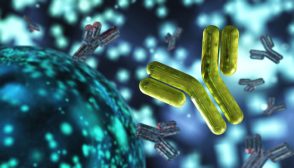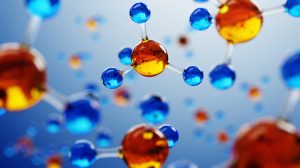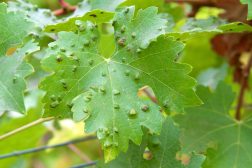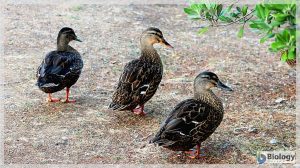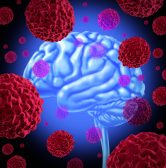Definition
noun, plural: metamyelocytes
A cell derived from myelocyte and develops into a band cell during granulopoiesis
Supplement
A metamyelocyte is a cell in granulopoiesis (i.e. a hematopoiesis of granulocytes). Hematopoiesis is a process of forming new cellular elements, particularly red blood cells, macrophages, dendritic cells, lymphocytes, megakaryocytes, platelets, and granulocytes. The granulocytes include neutrophils, eosinophils, and basophils. In the granulocytic series, a metamyelocyte is a blood cell that transitions from a myelocyte to a band cell. In particular, the developmental stages are as follows: hemocytoblast → common myeloid progenitor (or CFU-GEMM) → CFU-GM → CFU-G → myeloblast → promyelocyte → myelocyte → metamyelocyte → band cell → granulocyte.
The myelocyte develops into a metamyelocyte. The latter is characterized by the appearance of a bent nucleus. Similar to a myelocyte, the metamyelocyte does not have a visible nucleolus under a light microscope. Unlike myelocyte, a metamyelocyte does not synthesize DNA and is no longer dividing. Its size ranges from 12 to 18 μ.
Since there are three types of myelocytes: neutrophilic, basophilic, and eosinophilic, the metamyelocyte also have the corresponding types.
Word origin: meta- (“from”) + myelocyte
Synonym(s):
- juvenile cell
See also:
Related term(s):
- metamyelocytic (adjective, of, pertaining to, or relating to a metamyelocyte)

